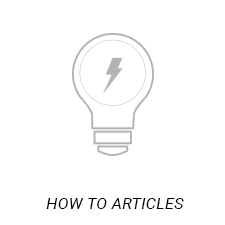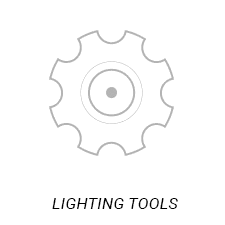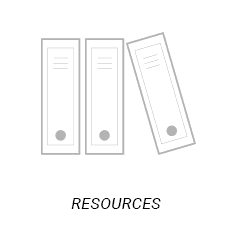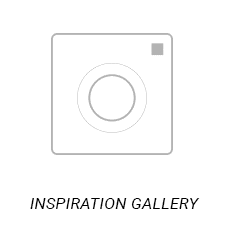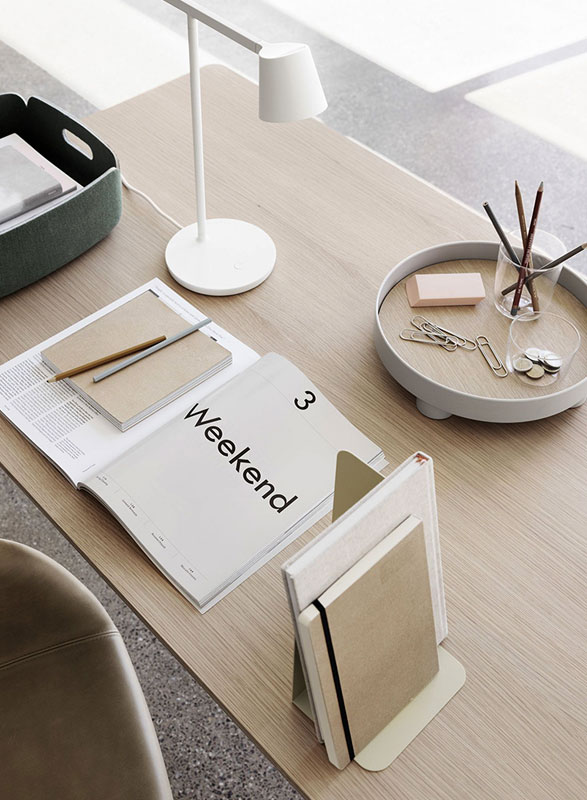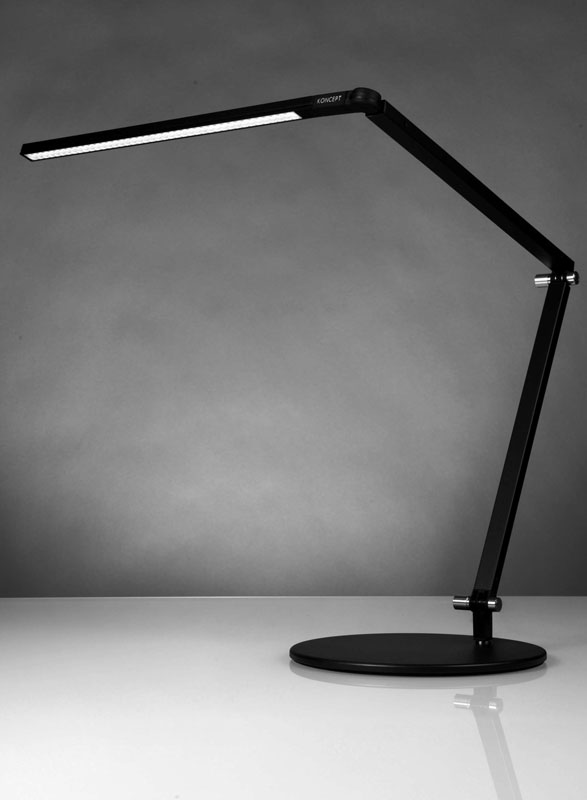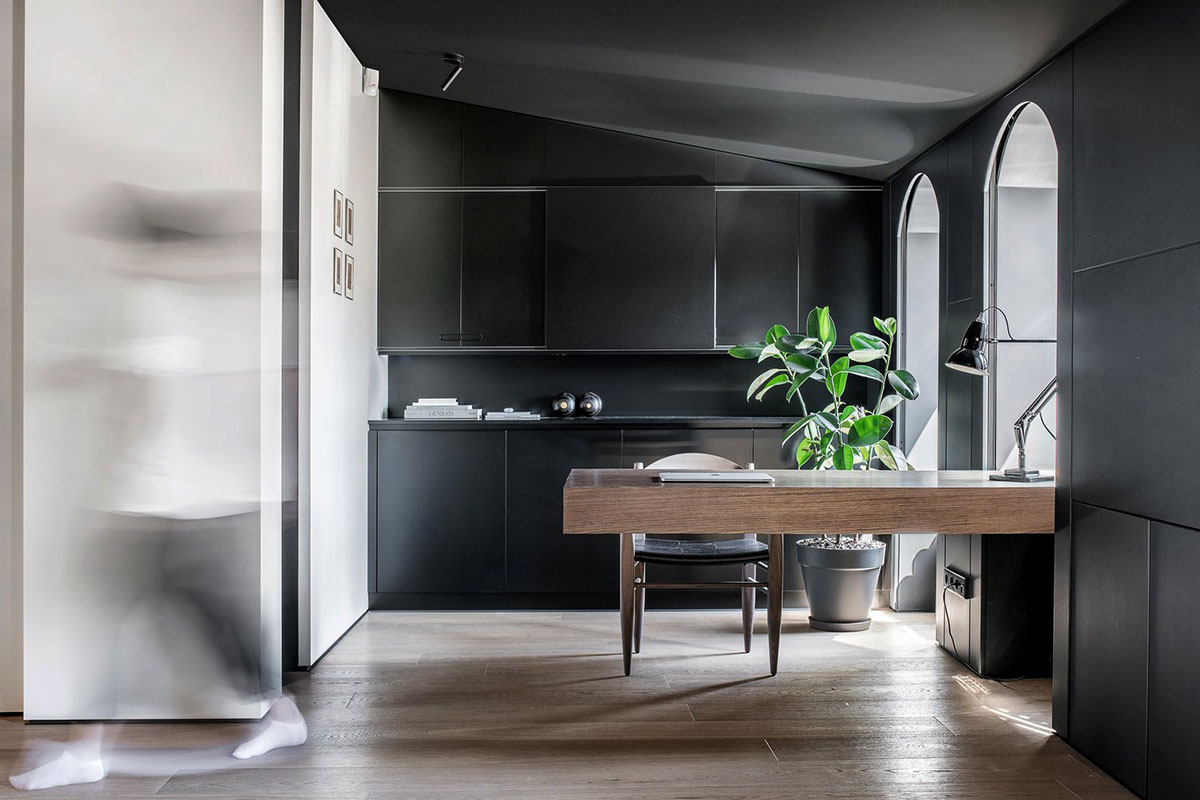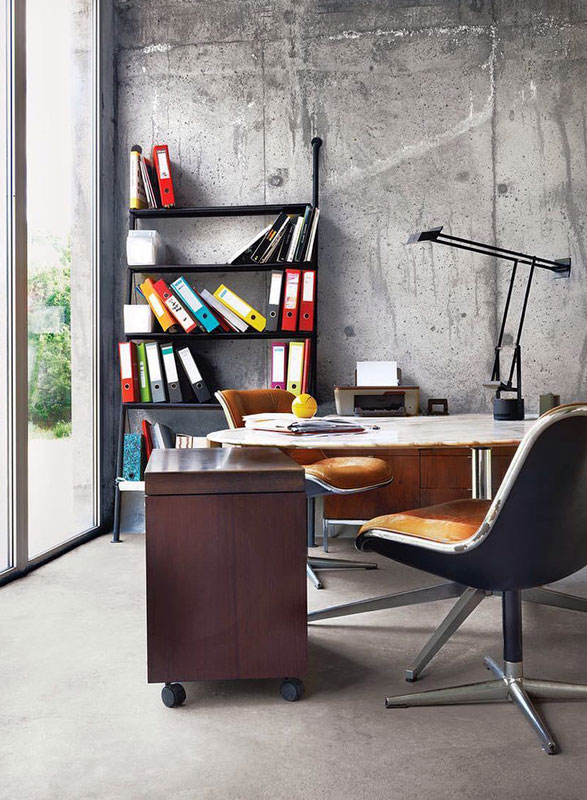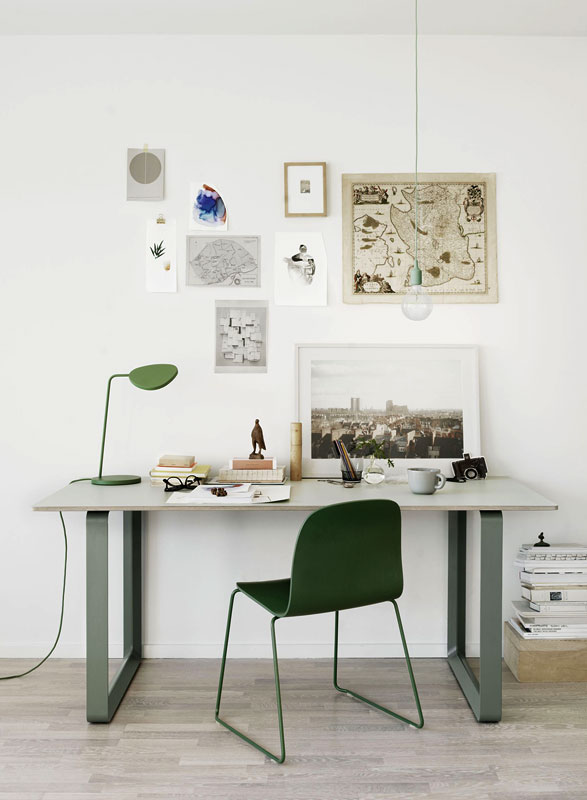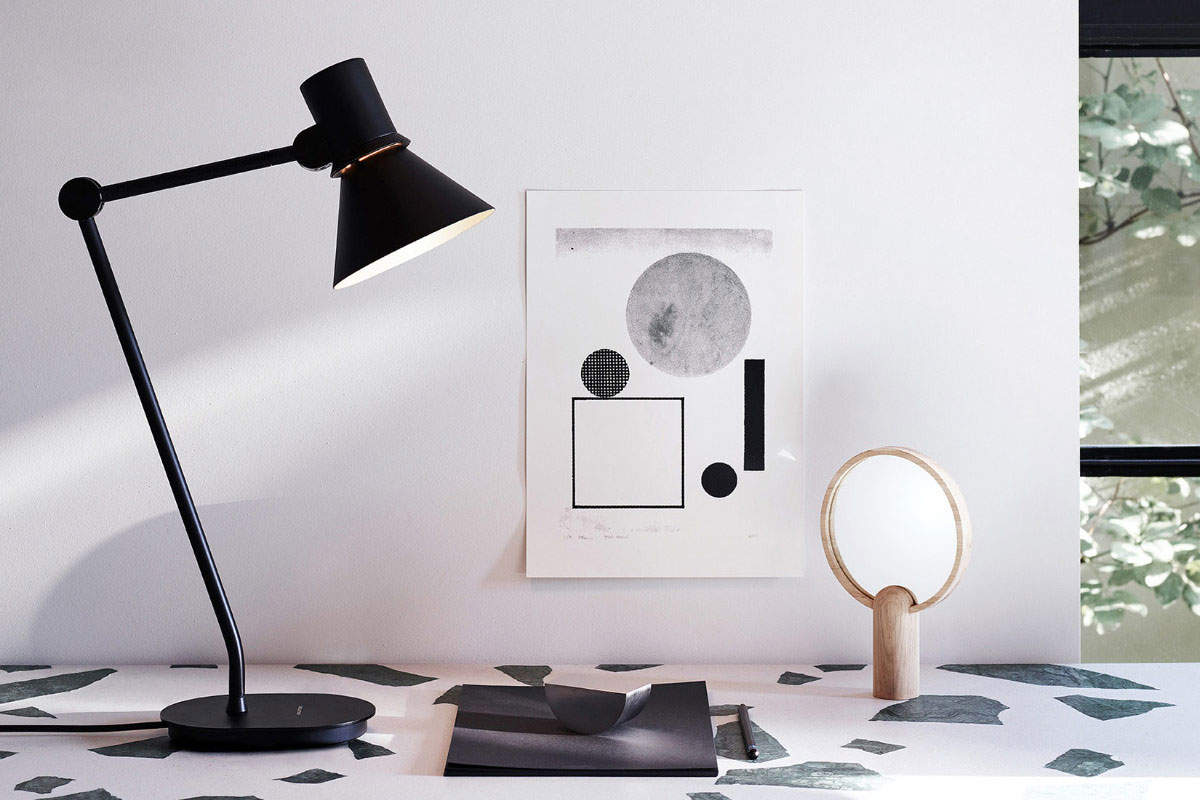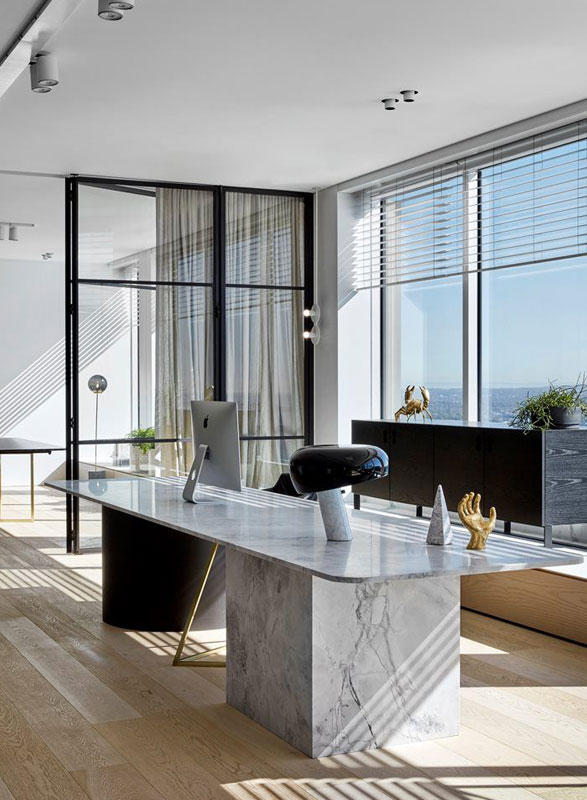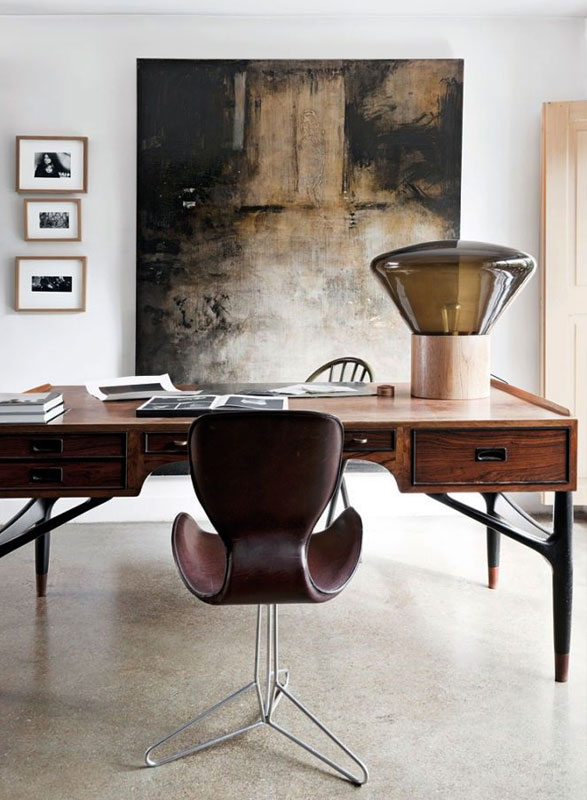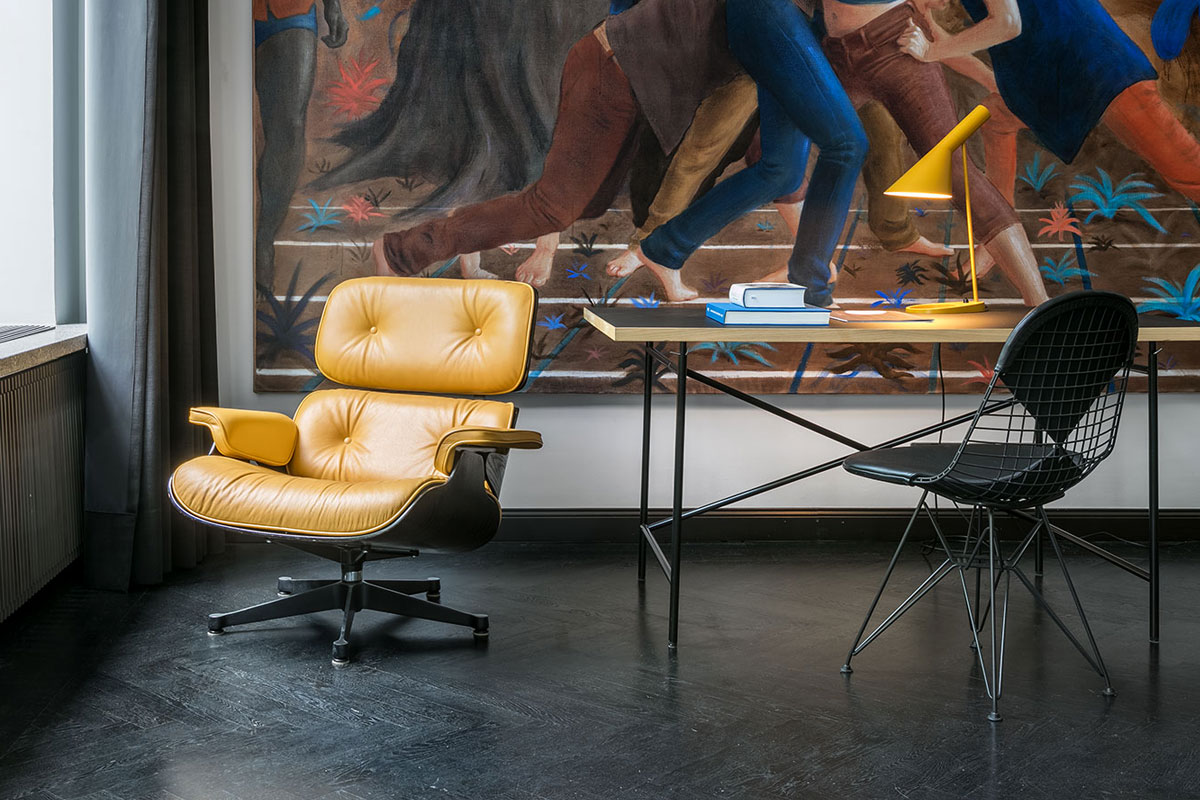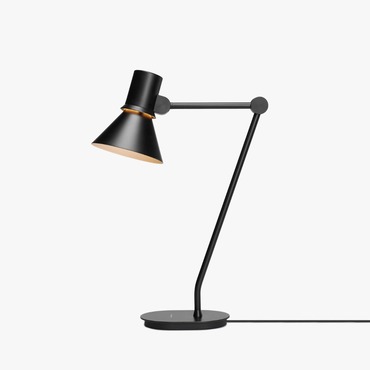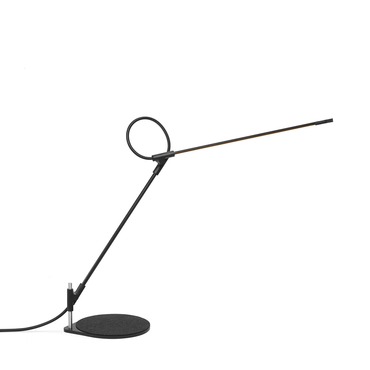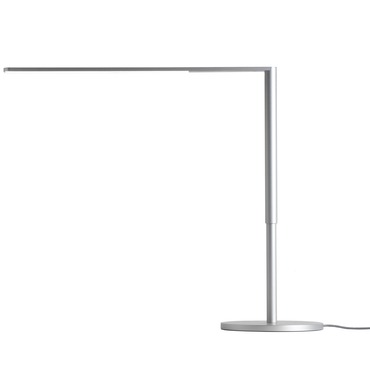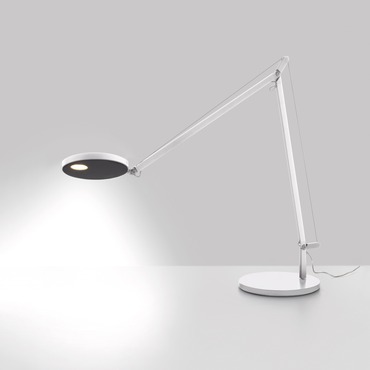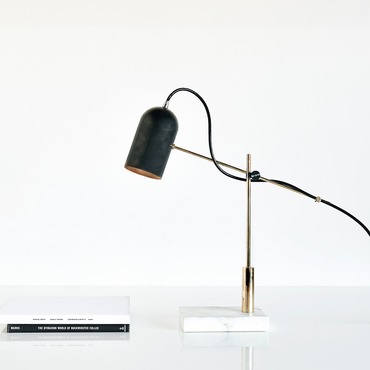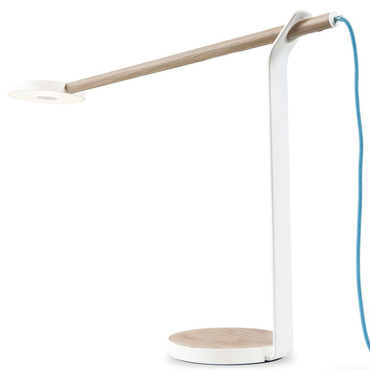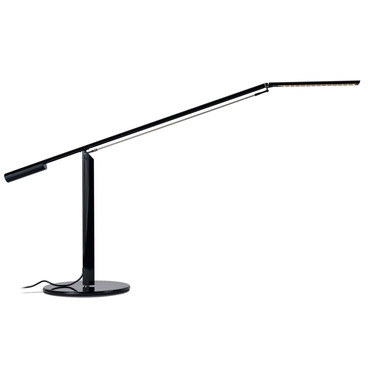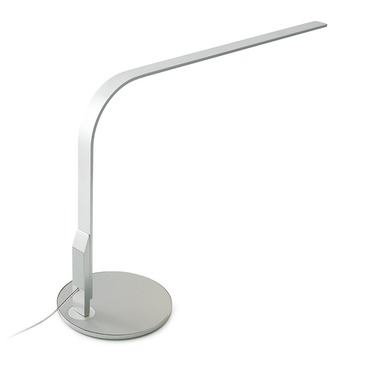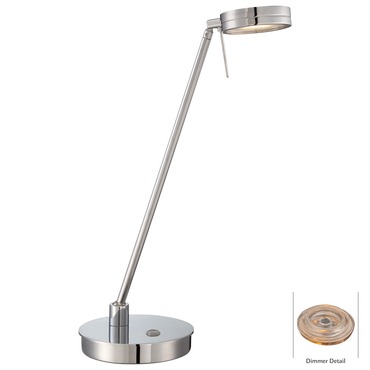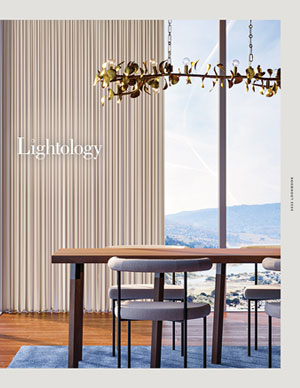- Showroom
- Design Services
- Support Center
- |(866) 954-4489
-
0
Your CartOrder Subtotal0.00
- 0
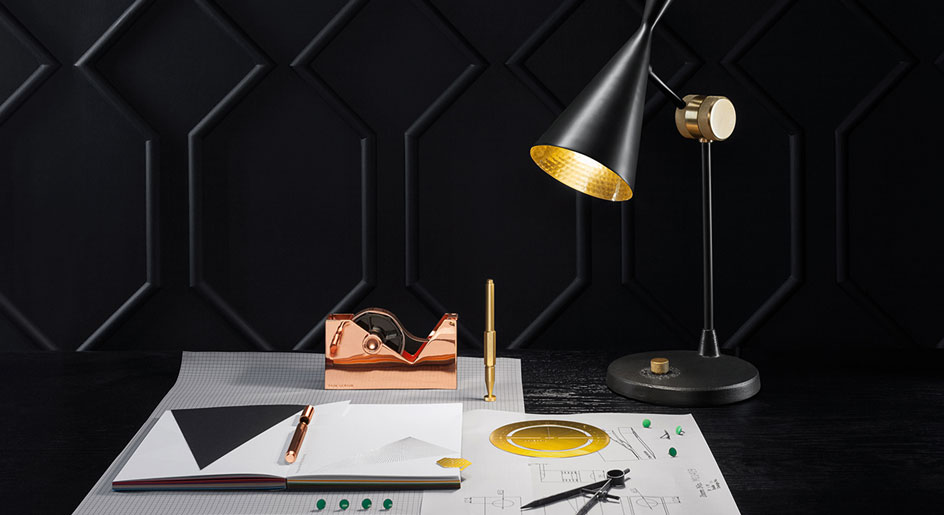
How to Find the
Best Desk Lamp for You
Every home office, writing desk and art studio isn’t complete without the perfect desk lamp. Architects need something articulating and far-reaching to light up large blueprints. Artists may want a hyper-focused clamp-on for sketching. Kids want something colorful at their homework desk. Don’t let the compact size fool you, the mighty desk lamp offers more options than you might imagine. Fortunately, we’ve done our homework.
What is task lighting and why should I use it?
Proper task lighting is a very important and often overlooked aspect of any room or work environment. Task lighting is localized lighting that provides the correct amount of light exactly where it's needed to suit the task at hand. It's a beam of light that is directed on the surface and therefore would highlight the area you are working on. Examples of specific task lighting applications include reading, writing, working, using a computer, craftwork, cooking, putting on makeup or shaving, etc.
Don't confuse task lighting—the application—with a task light–the fixture. Many different kinds of fixtures can provide task lighting, including downlights, vanity lighting, pendants, etc, without being designed specifically to do so.
Task lights and task lamps are lighting products designed precisely for that purpose; they are often portable fixtures with a cord and plug, or under-cabinet lights. Types of task lights include, but are not limited to, desk lamps, swing arm desk lamps, overhead spots, wall-mounted reading lights, under-cabinet lighting, table lamps, and even book lights.
It isn't efficient or even effective to use the same amount of light across a whole room or work environment, so that's why we need task lighting and task lights. A good desk lamp is particularly important in the modern work environment or home office, as viewing a computer monitor requires far less light than does reading a typewritten page.
Overhead lighting levels can be reduced to a level appropriate for monitor viewing, which creates a softer, more pleasant overall atmosphere and saves energy. Work surfaces can then be supplemented with task lighting from desk lights or reading lamps to give workers total control over where and how much light they need for other tasks, such as reading a document.
What factors do I need to take into consideration when choosing a desk lamp?
Desk lamps often come in different styles and finishes. Taste is personal, so there is no right or wrong choice in this department—the style, size, shape, and finish are all up to your personal preference. Choosing a lamp style that matches the décor of your space is smart, though. If you have contemporary or modern décor, you'll want a contemporary or modern desk lamp. Do your cabinets and drawers have brushed nickel or rubbed bronze handles? Match (or complement) your desk lamp finish to the other finishes in your space when possible. At the same time, don't pick a task lamp based on looks alone.
If you are using your desk lamp in a space that is used for other activities, such as watching TV, you might want a light with a dimmer on it and possibly a more focused, controlled beam of light. A lamp with a 30 degree beam spread will direct light onto the surface you wish to highlight but won't send any stray light out to affect other activities in the room. LED desk lights tend to have the most controlled beams of light, as LEDs are directional light sources.
If it will be on 24/7 an LED lamp will be less expensive to use than a halogen lamp or incandescent version. Although the upfront cost of an LED desk lamp is typically higher, the cost to run it is significantly cheaper and only uses 1/5 the amount of energy as a halogen lamp. Additionally, LED lamps run cool to the touch while halogen bulbs can get very hot.
How do I decide what size my task lamp should be?
If you have a large desk you will need to use a desk light that has a longer arm to reach across it. If you are working on a desk top versus a laptop computer, consider your workspace configuration and ensure that the light will cover the entire work area on your desk. You may also choose one that can mount on a wall or clamp to your desk or table top.
How much light do I really need? (Is age a factor? Does it depend on the type of task?)
The older you get the more light you need—a person over 50 needs twice the amount of light as a 25 year old. At the same time, older eyes are much more sensitive to glare, so it becomes more important than ever to get a quality desk lamp with a controlled beam of light (as opposed to a regular table lamp that puts out light in all directions).
Most desk lamp manufacturers take this into account when designing them. Holtkotter actually makes a line of lamps for the aging eye, with over 100 FC of light output and a matte glass diffuser and reflector that reduces glare and light scatter.
You shouldn't wait until your eyes age to get proper task lighting; it's really important at any age and will save you eye strain and headaches. I have put together a chart with basic wattage recommendations based on age, type/amount of use, and type of light bulb (see below).
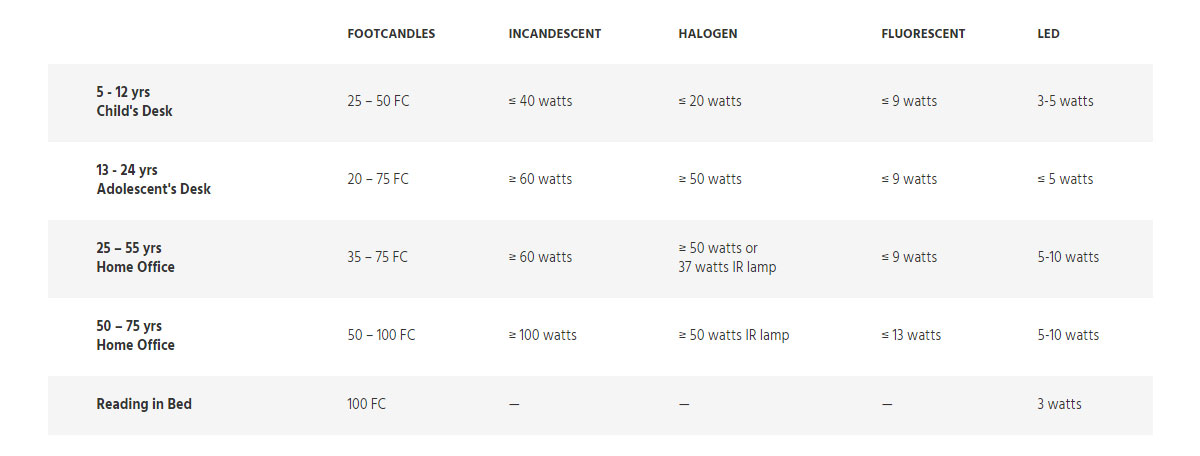
If you are reading a small book, the beam spread can be smaller than if you are drawing floor plans. There are LED fixtures that control the size of the beam of light so that you may read in bed without disturbing your partner, for example.
Bedside reading lamps are great because their adjustable arms allow you to direct 100 FC of light right where you need it depending on your age, and the light levels you need to read at night.
What is the correct position of the fixture?
Above your head and out of your eyes. The lamp source should never be in your direct line of sight. If you have a glass desk surface, be aware of glare from light reflected from the glass and position the lamp head at a 30° angle so you don't get any glare or hotspots in your field of vision.
What Color-Rendering Index (CRI) should task lights have? What about color temperature?
Color temperature is measured in units of kelvin and describes the visual warmth (amber-hue) or coolness (blue-hue) of white light. 2200 - 2700K is considered very warm white, 2700K - 3000K is considered warm white, 3500K is neutral, 4100K - 5500K is considered cool white, and daylight is 5600K - 6500K.
Halogen lamps always have a color temperature of 3000K, while most LED lamps can be purchased in 2700K, 3000K, or a cooler 4500K. With LEDs, keep in mind that the higher the color temperature the cooler (more blue) and more efficient the LED is, so we see a 10% increase in light output for every 300K increase in color temperature.
Warm color temperatures are soothing and make for nice atmosphere, while cooler color temperatures stimulate the brain and may increase productivity. You may desire different effects depending on where you are and what you will use the task lamp for. For example, desk lamps in homes are typically 2700K – 3000K, while those used in offices are generally 3000K - 3500K.
CRI is a method for describing the effect of a light source on the color appearance of objects being illuminated. The maximum possible CRI is 100, which represents the ideal daylight conditions against which we compare all artificial light sources. In general, low CRI illumination may render some colors unnatural, and low CRI is often responsible whenever you sense that something is not quite right with a certain light source.
Lamps with a CRI under 60 should never be used. It has been proven that at a certain point, the higher the CRI, the lower the illuminance. A CRI in the 80s is a good benchmark for all general tasks. Halogen and incandescent lamps always have a CRI of 100, and most high quality LED lamps today have a CRI of at least 80.
All information about a lamp's light output, wattage, lumens per watt, color accuracy (CRI), and color temperature can be found on the industry-standard Lighting Facts Label.

What are the differences between halogen lamps and LED desk lights? Is one better than the other? Which one is more energy efficient?
As mentioned above, CRI and Color Temperature are different for Halogens and LEDs. While halogen desk lamps always have a CRI of 100 and a Color Temperature of around 3000K, LED desk lighting has more variety.
One of the most noticeable differences between the two actually has nothing to do with the light itself. If you have ever accidentally touched a halogen lamp while it's turned on, you'll have noticed that they can get very hot. LEDs only emit 1/5 the heat of a halogen lamp, and this means two things: a) you should never accidentally burn yourself on an LED desk lamp, and b) LEDs use only 1/5 of the energy of halogen lamps, so you will also save money on your energy bill.
Another big difference between LED desk lamps and halogen lamps is that halogen bulbs only last 2,000 hrs while LED lamps last 50,000 hrs. If you were to use the lamp for 5 hours a day, you would need to change the halogen bulb roughly every year, while the LED would last nearly 30 years!
In terms of aesthetics, the opportunity for unique, sleek, and modern designs is much greater with LED desk lamps. LEDs are diodes (small flat surfaces that emit light), which are so small they can be put into more sleek lamps for a modern look. Halogen lamps tend to be bigger fixtures because the bulbs run very hot and must be protected by an enclosure of some kind (typically steel and/or glass).
How do I know which is the best desk lamp for me?
I would base it on your style. If you have a modern room, a sharp, clean-looking LED option would be the answer. If your room is classic, maybe a halogen or incandescent lamp in a brass or oil rubbed bronze finish would be the best. If you need an adjustable arm that can be moved to different areas of the desk, I would look for that. If you are sitting and reading, a table lamp version would work.
One of the most noticeable differences between the two actually has nothing to do with the light itself. If you have ever accidentally touched a halogen lamp while it's turned on, you'll have noticed that they can get very hot. LEDs only emit 1/5 the heat of a halogen lamp, and this means two things: a) you should never accidentally burn yourself on an LED desk lamp, and b) LEDs use only 1/5 of the energy of halogen lamps, so you will also save money on your energy bill.
Do you have any specific recommendations for desk lights? Do you have any dimmable options?
I especially like the Koncept Z-bars because the arm has a long strip of LEDs — instead of one beam coming from a halogen, this strip produces a sheet of light that covers the entire area in front of my computer screen. Almost all of the desk lamps that we sell are dimmable.
What is a good desk light for my home office?
An LED desk lamp with a moveable arm and a classic look will never go out of style. Artemide’s Tolomeo is a timeless classic, available in a variety of sizes, styles, colors and finishes, including mini sizes, clamp-ons and LED versions. It’s one of the iconic designs of the 20th century.
5 Things to Think About When Buying a Desk Lamp
1. A typical computer screen produces about 20-25 footcandles (FC) of measured light. To avoid headaches from your eyes dilating back and forth when you switch from looking at your computer to your desk, you want at least a 3 to 1 contrast ratio of light (20-25 FC from your screen, 50-75 on your desk).
2. Be aware of glare issues. Purchase a task lamp with an adjustable head and arm.
3. Adults should purchase a high quality fixture (with a dimmer) that will last a lifetime.
4. The task lamp should have a dimmer or two position (high – low) switch. Cord dimmers can be purchased for fixtures that do not have dimming options.
5. The adjustable LED lamp head should be cool to the touch or have a handle that protects you from high heat.

